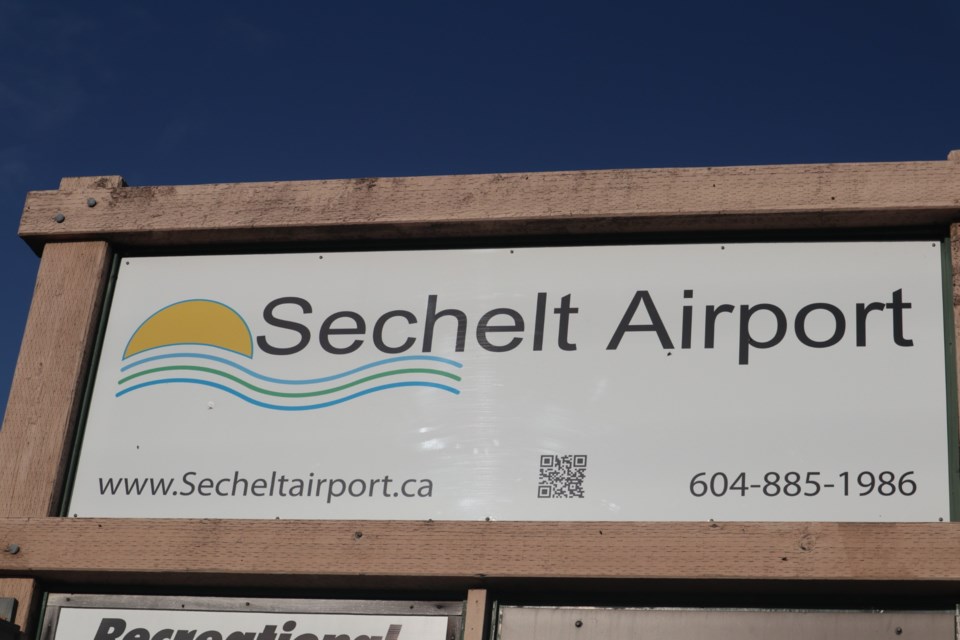Activity levels will be ramping up at Sechelt Airport this spring with delayed lighting upgrade work being planned for the same time as preparations to return drag racing events to the site are to happen.
In his capital project update report on the agenda of the April 20 council meeting, director of engineering Kirn Dhillon wrote that the last round of bids on the lighting enhancement work came in higher than the allotted budget. The project is being re-tendered, with bids to be due in May.
The report states that re-tendering is projected to delay completion to August. At its April 4 meeting, council authorized use of the airport runway for drag racing events in July, August and September. Communications manager Lindsay Vickers told Coast Reporter via email that the District believes it can manage the both activities without scheduling conflicts. She said that once the lighting contractor is determined, the district will facilitate schedule coordination between the Sunshine Coast Drag Racing Association and the lighting contractor.
In 2021, council approved spending just over $600,000 on a lighting system that would enhance visibility for aircraft, making it safer to use the recently extended airport runway at night and during poor weather conditions. Those dollars were to be taken from the community works reserve, the municipal COVID-19 re-start funding and airport capital reserves.
The project was tendered in early 2022 and bids closed in late March. While the exact amount available to pay for the contracted work was not revealed, Vickers said that that all compliant bids received in response to the first tender call were between 39 to 63 per cent over the engineer’s estimate used for the project budget.
When asked what would be taken off the list of work to be done to try to attract bids within the funding available for the work, Vickers wrote “The proposed reductions won’t impact the lighting standards for the entire runway, taxiway and apron. They will remain the same and in compliance with runway lighting requirements. What would be reduced is removal of optional or non-mandatory items in the project, such as spare parts.”
The initial scope of work proposed included supply and installation of medium intensity runway, taxiway and apron edge lights. That would include putting wiring and transformers in existing conduit and pullpits as well as supply and installation of precision approach indicator (PAPI) lights for each runway. In addition, apron floodlights, obstruction lights and aerodrome beacon and tower lights along with a new Airfield Lighting Control (ARCAL) system unit were on the initial project’s equipment list.
According to Wikipedia, ARCAL is most commonly used at non-towered airports or airfields where it is not economical to light runways all night or to have staff on hand to operate lighting at all times when it may be needed. The system enables pilots to activate lighting only when required which can help save electricity and reduce light pollution. It also allows pilots to manage the intensity of airfield lights on approach, making landings safer.



